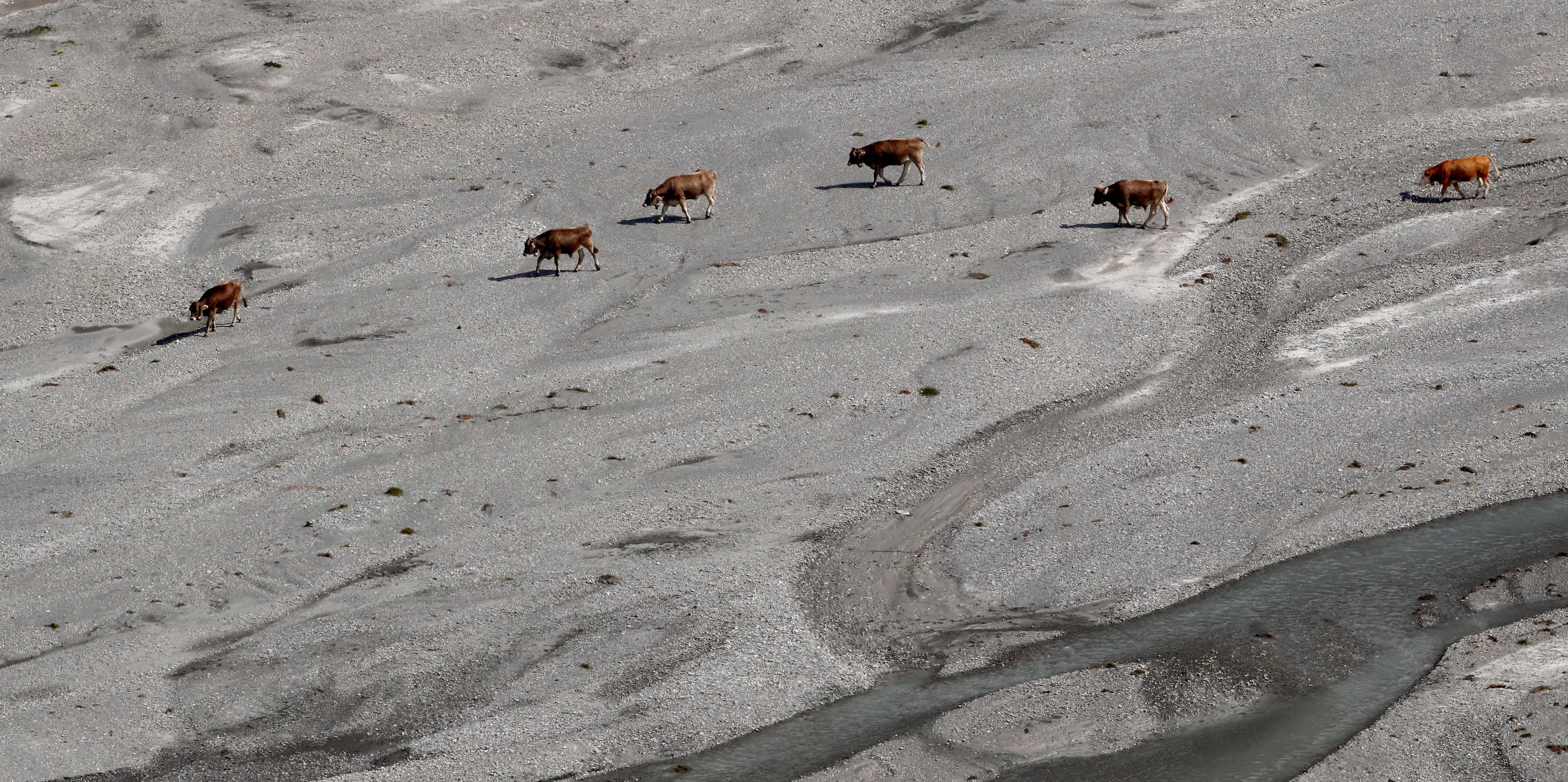Adapting to Climate Change: Lessons for Swiss Civil Protection
To identify opportunities for Switzerland to adapt to climate-exacerbated hazards, the latest CSS Risk and Resilience Report by Christine Eriksen, Andrin Hauri, Simon Aebi, and Jurgena Kamberaj examines changes initiated by Germany, Austria, France, and Italy in response to recent disasters.

From extensive heat waves, drought, critical water shortage, and forest fires, to devastating floods, climate-exacerbated hazards have left an indelible mark on Europe in recent years. A number of high-level policies and strategies for adapting to climate change have been in place since the 2000s in Europe, which are linked to international agreements, such as the Paris Agreement and the Sendai Framework for Disaster Risk Reduction. Switzerland has had a national climate change adaptation strategy in place since 2012. While Switzerland has implemented some and acknowledged other necessary climate adaptation measures, it is clear from the increasing frequency, intensity, and scale of climate-exacerbated hazards in Europe that more adaptation and better cooperation across cantonal and international borders are needed.
This CSS Risk and Resilience Report was commissioned by the Swiss Federal Office for Civil Protection (FOCP) with the aim to complement an existing 2021 analysis by the FOCP, which outlined action points and predicted incident management needs until 2040 in response to climate change. The CSS Report assists the ongoing efforts by the FOCP to assess the capabilities required to cope with climate-exacerbated hazards in Switzerland. In particular, the report identifies opportunities for Swiss Civil Protection through an analysis of structural and procedural changes initiated or implemented by Germany, Austria, France, and Italy in response to recent disasters.
The Report is based on desk-based research of secondary sources, and semi-structured interviews conducted between August 2022 and March 2023 with key representatives from national administrations dealing with civil protection and/or the environment. It is structured into three sections, starting with an introduction in Section 1. Section 2 provides a broad overview of the civil protection structures, processes, and responsibilities in Switzerland, Germany, Austria, France, and Italy respectively, to provide context for the structural and procedural reforms discussed in the next section. Section 3 presents the findings for the four country case studies. Section 4 concludes the report by outlining the opportunities and lessons highlighted by the study, which can assist Swiss Civil Protection’s efforts to adapt to a changing climate.
DownloadTo the publication (PDF, 3.6 MB)

